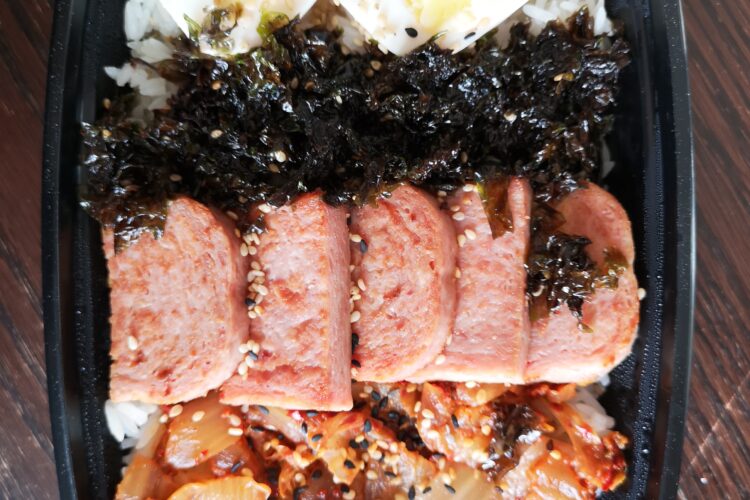Meal Prep is extremely popular on YouTube. There are so many videos out there, but after a while, roasted chicken breast and broccoli starts to get old. Don’t get me wrong, there’s nothing wrong with meal planning to stay fit and healthy, but more often, there are those of us that are looking for something different. So why not go back to O.G. meal prep as we explore some of the many Asian styles of lunch boxes out there, starting with this Korean style called, dosirak.
Dosirak is similar to a Japanese bento and is steadily gaining popularity in the US as bibimbap is becoming more of a familiar dish. When I think of dosirak, I think of portable bibimbap. The components are artfully arranged on steamed rice, much like bibimbap, but instead of mixing with your spoon, the dosirak is tightly closed and shaken vigorously until everything is thoroughly mixed.
Over the next few videos, we will visit a different country and make a lunchbox inspired by their respective flavours using ingredients that are cost-effective, readily available, and delicious. Taking advantage of what the Asian supermarkets have to offer in terms of convenience and variety, we are going to have some fun and make some super simple and tasty lunches that will be sure to satisfy you and your loved ones.
For our dosirak, we will be using (3 servings):
- 2 cups kimchi, coarsely chopped and drained
- 1 teaspoon soy sauce
- 1 teaspoon sugar
- 1 tablespoon sesame oil
- 3 eggs
- 1 can Spam
- 1 block firm tofu
- Korean nori, crumbled
- Sesame seeds
- Steamed rice
Start by coarsely chopping up 2 cups of kimchi. When that’s done, place it in a strainer and press out the excess juice. You can keep the juice and put it back into the jar as you can use it for marinades, soups, etc.
Add the kimchi to a heated pan on medium-high heat with a couple tablespoons of sesame oil. Add 1 teaspoon of soy sauce, 1 teaspoon of sugar, and stir-fry for a few minutes until caramelized. If you’ve never cooked kimchi before, you’ll probably notice that it takes on another dimension of flavour when you stirfry it. The caramelization adds a savoury layer that complements the fermentation, amplifying the umami factor.
Once the kimchi is smelling incredible and has a little colour, remove from the heat and set aside.
Now let’s move onto the protein. Today, we’re using Spam and extra-firm tofu, but you can also use whatever you have on hand. This might include sausage, ground meat with soy sauce, meatless ground, leftover steak or pork chops… whatever. Because Spam already has salt, you don’t have to add anything. We’re just going to brown it. Same with the tofu, as everything will be seasoned as the dosirak is mixed together. When they’re done, just place on paper towels to absorb the excess fat and set aside.
Other than that, there’s not much else to do but cook eggs. And for this, you can cook them however you like. Today, since we are making 3 dosirak, we’ll cook the eggs 3 ways: sunny side up, shredded omelette, and hard-boiled. Here’s a tip: when including eggs in a lunchbox that is going to be eaten later, it is recommended that you use an egg that is fully cooked. It’s safer if you will be keeping it at room temp for a few hours in the day before lunch, and since it will cook through anyway if you decide to microwave it.
Assembly is just like making bibimbap. Start with a layer of steamed rice, followed by whatever sauce you have. Teriyaki or chogochujang is best. Follow that with your assorted toppings, arranging them so they look pretty, and finish with some toasted sesame seeds and whatever fresh garnishes you have on hand like scallions.

